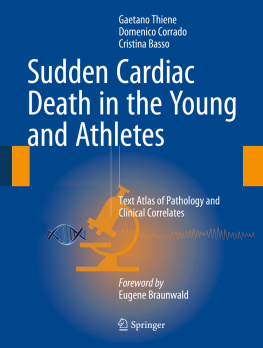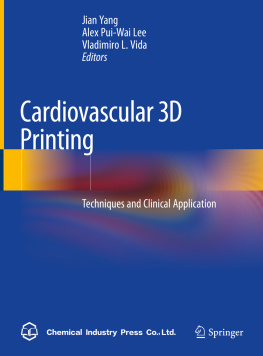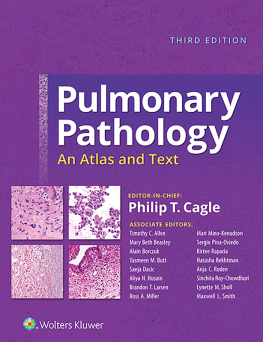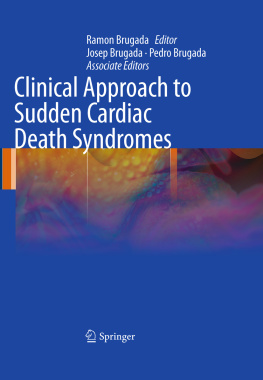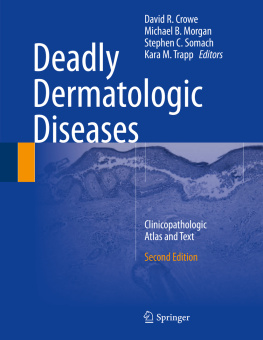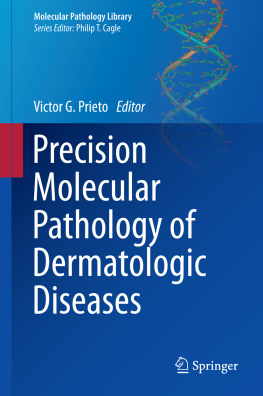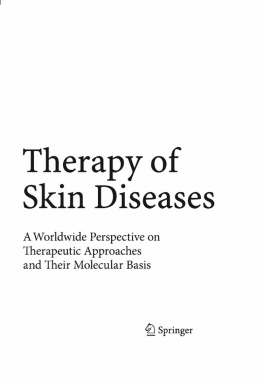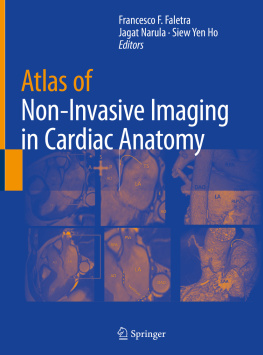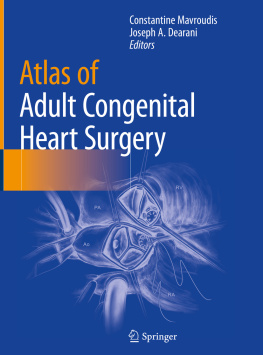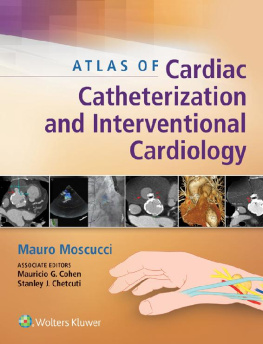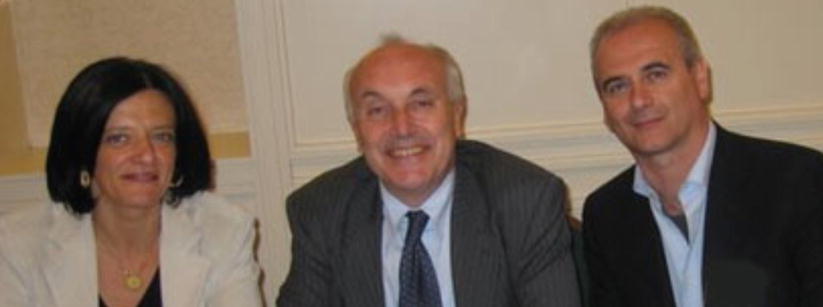1. Introduction
In the shape of a TextAtlas, this is an overview of the pathology of sudden death (SD) in the young and in the athletes, summing up the experience we gathered in the perspective study carried out in the Veneto Region, Northeast of Italy.
Like at the time of Giovanni Maria Lancisi at the beginning of 1700, when a series of victims, who in even other respects are healthy and vigorous, occurred in Rome thus alarming the population and the religious authorities, our interest on the topic started in the early 1980s following the autopsy of young people who died unexpectedly, either at rest or during exercise. These tragic events were touching since, as the great Leonardo da Vinci said, there is no science without feeling.
Thanks to the collaboration of forensic and anatomic pathologists of the Veneto Region, we set up a network able to cover the dissection of nearly all the cases of SD in people aged 35 years, with all the heart specimens and autopsy reports forwarded to the University of Padua.
It became soon evident that the majority of SD could find an explanation in hidden cardiac defects, threatening the electrical more than the mechanical properties of the heart and thus accounting for an abrupt arrhythmic hearthquake by ventricular fibrillation with cardiac arrest.
The singularity and novelty of the study was the availability, in many cases, of previous clinical investigations, thanks to the sport pre-participation screening including ECG that had become mandatory in Italy in 1982.
The method of clinicopathological correlation, which is at the base of our investigation following the historical tradition of Giovanni Battista Morgagni (16821771) at the University of Padua, allowed to detect the existence and to reconsider the value of subtle, apparently benign ECG abnormalities. Afterward, these anomalies were taken into serious attention at the pre-participation screening for further clinical investigations up to the final diagnosis and the definitive disqualification from sport activity. This experience played a fundamental role for putting forward criteria for the diagnosis of cardiomyopathies, which are the major cause of SD in the young and athletes. Mandatory screening, employment of ECG, and awareness by sport medicine doctors of the existence of hidden diseases at risk and how to diagnose them all were the key issues of the impressive results on prevention of SD, achieved simply through a lifesaving non-eligibility to sport activity and inherent lifestyle.
Along with the last 30 years, exciting scientific advances have been accomplished by clarifying the pathophysiologic mechanisms of cardiac arrest in the setting of a substrate: fibrofatty replacement in arrhythmogenic right cardiomyopathy (AC), disarray and fibrous scars in hypertrophic cardiomyopathy (HCM), and transient ischemia with myocardial injury in coronary artery disease, all aggravated by cardiac overload and ventricular wall stretching during exercise.
A not negligible part of the diseases at risk was found to be heredofamilial, with genetic carriers potentially at risk. The discovery of gene disorders allowed to identify the precise defective protein, thus establishing that HCM is a disease of the contractile apparatus (sarcomeric disease); AC, a disease of cell junctions (desmosomal disease); dilated cardiomyopathy mostly a disease of the cytoskeleton (cytoskelopathy); and SD without substrate (previously called idiopathic ventricular fibrillation) often a disease of ion channel/receptors (channelopathies). Indeed, nearly 1520 % of cases do not exhibit at autopsy any gross and histological alteration (SD with normal heart). The skill of the pathologist is not only to find but also to exclude a morphological substrate, as to suggest the possible existence of ion channel or calcium receptor abnormalities. In these circumstances, the traditional tools of morphological investigation find a barrier in interpreting the phenomenon and should be associated to molecular investigation through polymerase chain reaction and gene sequencing, in order to identify the precise gene mutation (molecular autopsy). The existence of an ECG, recorded during life, as well as the circumstances of death and clinical history, may be of great help to address the genetic analysis. The alteration in these diseases with normal heart (long and short QT, Brugada, catecholaminergic syndromes) resides in the morphology of the ECG, whether at rest or on effort.
The use of molecular investigation plays a fundamental role also in establishing the precise etiology of myocarditis associated with SD, by detecting the viral genomes, either DNA or RNA. This was proven to be affordable even in paraffin-embedded tissue, thus helping to explain cases left behind from the archives.
This pathological experience with clinical correlates was useful to stratify the risk of these morbid entities, not only supporting the strategy of sport disqualification for those affected but also for therapy, particularly the employment of implantable cardioverter defibrillator (ICD), which revealed to be a miraculous tool in resuscitating from arrhythmic cardiac arrest.
Finally, and quite unexpectedly in the most optimistic perspectives of the 1980s when we started this venture, it was possible to recapitulate genetically determined cardiomyopathies in transgenic mice. It was really impressive, for instance, to realize how much it is possible to reproduce AC, similar to that occurring in humans, by introducing the homologous of the human gene defect in the mouse embryos genome. This opens new avenues in the understanding of the basic molecular pathophysiology accounting for myocyte death and electrical instability.
Time will come when prevention of SD will be possible not only through symptomatic therapy by treating arrhythmias but also through a molecular therapy by understanding the pathobiological mechanisms. In other words, the aim will be not only to identify the subjects at risk, to disqualify them from exercise, and to treat with antiarrhythmic drugs, ablation, or ICD but also to cure the underlying biological defect. Molecular medicine is at the door.
The Authors
Acknowledgements
This book was supported by the Registry of Cardio-Cerebro Vascular Pathology, Veneto Region, Venice, Italy; Strategic Research Project, TRANSAC, University of Padua, Italy; and Associazione Ricerche Cardiopatie Aritmiche-ARCA, Padua, Italy. The Authors thank Chiara Carturan, Marco Pizzigolotto, and all the staff of the Cardiovascular Pathology Unit at the University of Padua for their help and technical assistance.
2. Definition, Epidemiology, and Pathophysiologic Mechanisms

